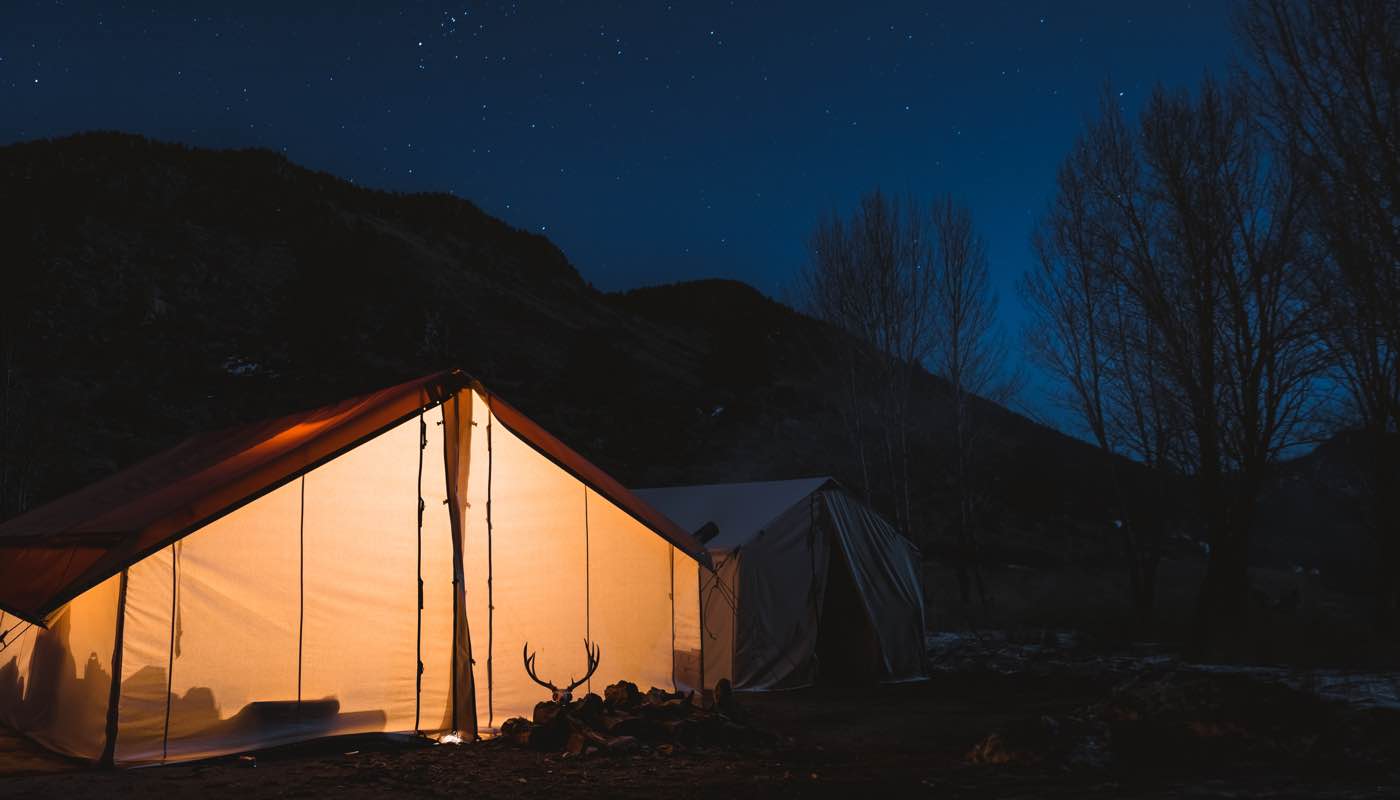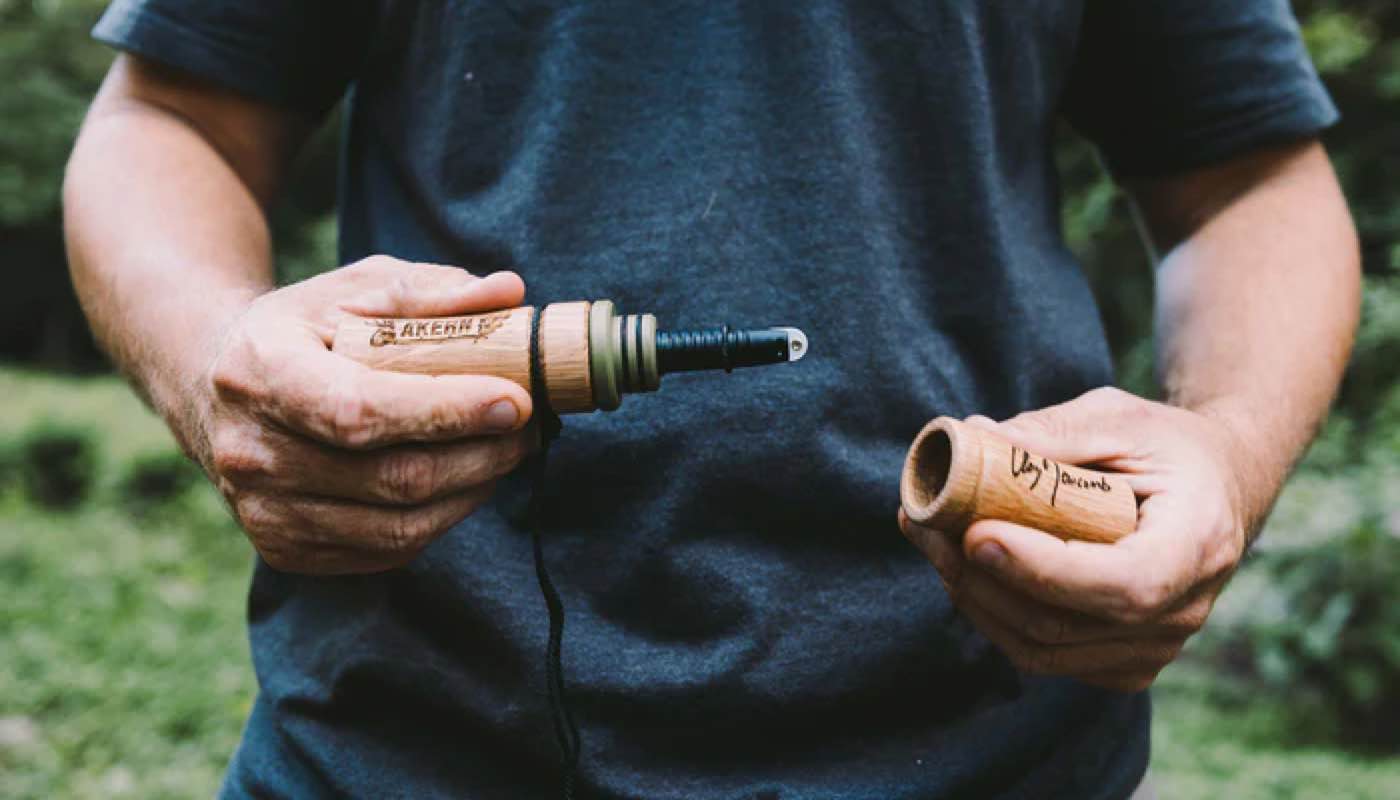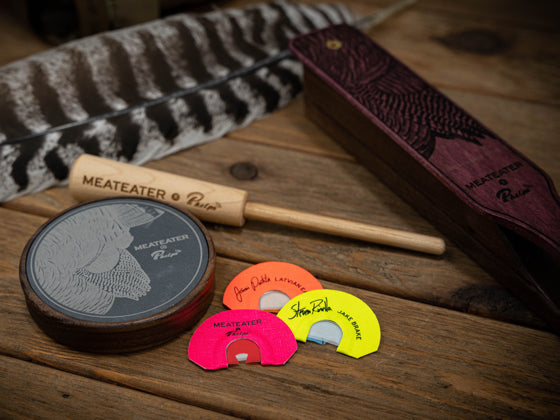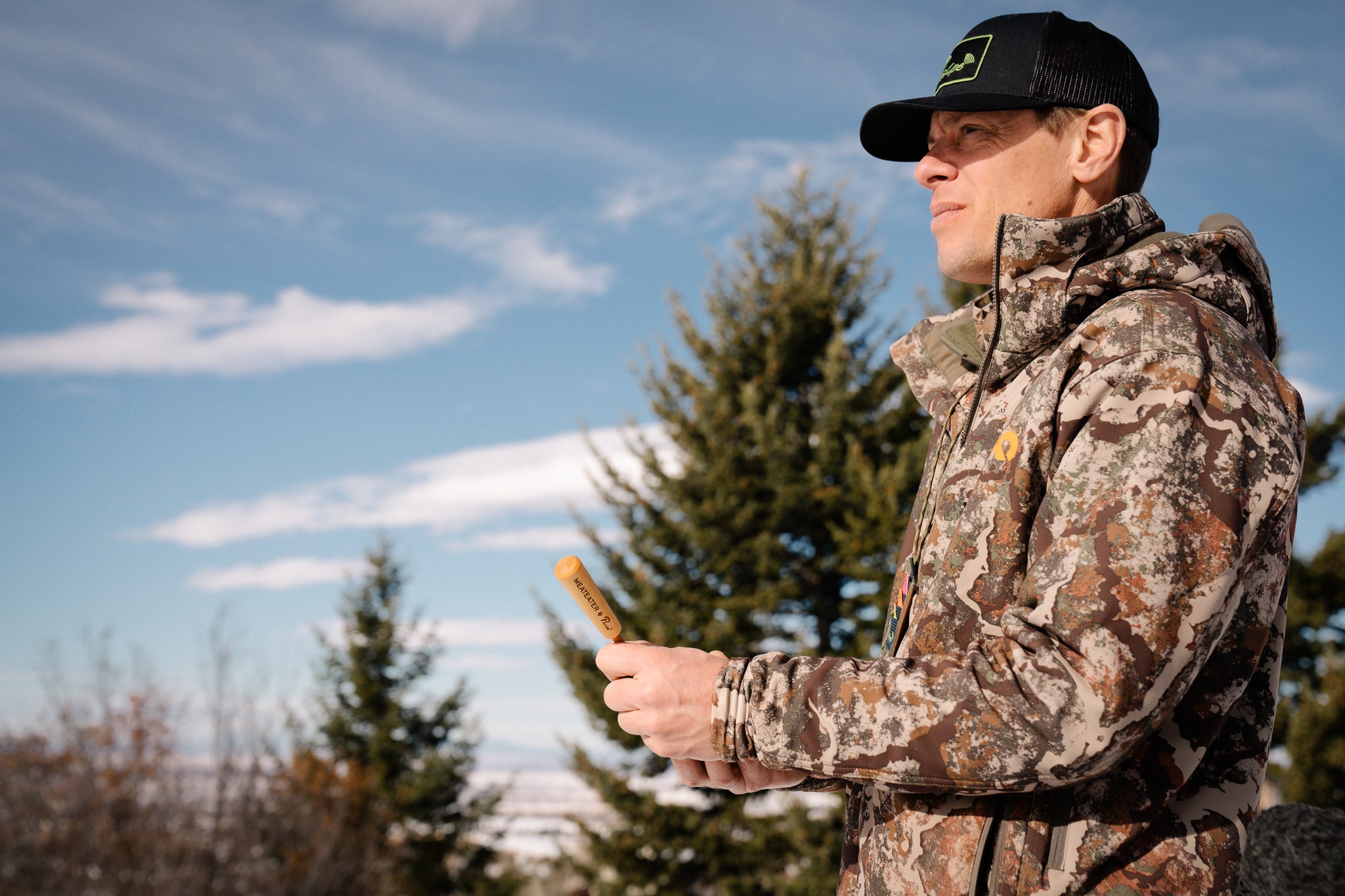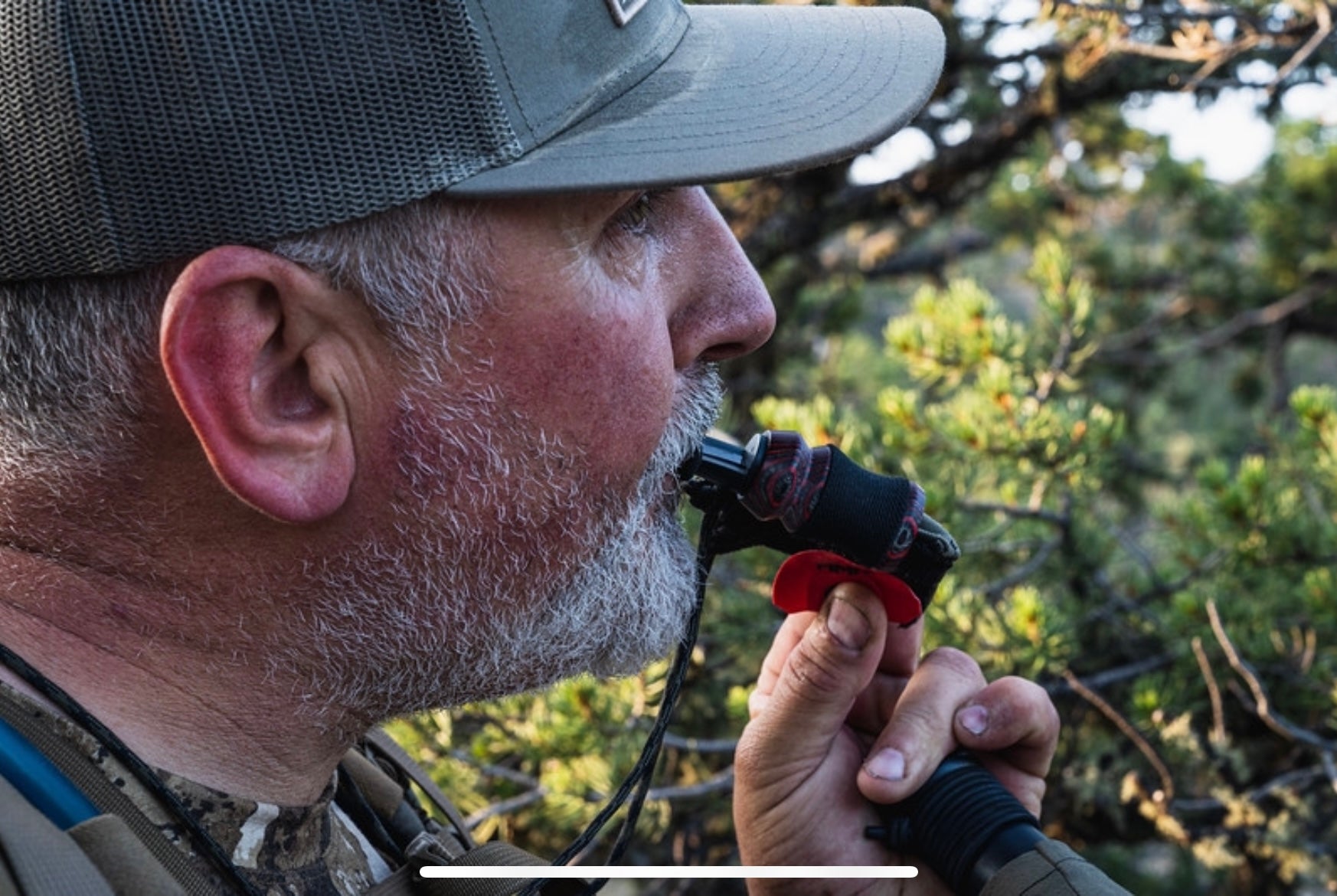Bugling for gobbles, WHAT? Several years ago, while chasing bugling bulls in some of Idaho’s front country I was moving toward a distant bull elk in the grey light of early morn, and I found myself standing under a turkey roost tree. Though it was September, every time I would bugle the tom roosted above me would crack off. It was so loud I had to put some distance in between that rank old bird and myself just so I could hear the bull! Bugling for birds might be a stretch but picking the right locator calls will definitely keep you into gobblers.
Let’s face it. We don’t find amorous toms cutting loose a hundred yards from the truck EVERY TIME. Wind, barnyard noise, vehicle traffic, etc. can really decrease the way we hear responses to our calls. Whether the calls aren’t permeating far enough into the dense forest or background noise is overshadowing it, knowing how to maximize your locator calls is paramount.
Having a few tricks up your sleeve to get a response from distant turkeys is key. Many experienced turkey hunters will carry a few favorite calls to bridge the distance. Crow calls, box calls, owl hooters, and coyote howlers are pretty common to get stubborn birds to talk.
Box calls have been the gold standard for years, and for good reason. Their loud, yet crisp notes speak to every tom out there in a way most can’t resist replying to. Easy to use, every serious turkey hunter needs a box call to complement their calling repertoire.
Our "MeatEater X Phelps" Crow call is loud and proud. The raucous tone will carry the distance and elicit a response when a box call just won’t do the trick. Simple to use and effective, Crow calls can sometimes be the difference in the sound of silence or hammering gobbles.
Let’s say you’re an old seasoned vet at elk hunting and have the calls to prove it. That bugle tube and diaphragm isn’t just for ripping the song of September. With some practice that diaphragm can double as a turkey locator using coyote yips, yaps, barks, and howls. Sometimes thinking out of the box is the key to successful turkey calling.
Regardless of your calling proficiency, Phelps has you covered with our full lineup of diaphragms, box calls, pot calls, and crow calls. Pick a few and let us know how they worked for you in the turkey woods!
